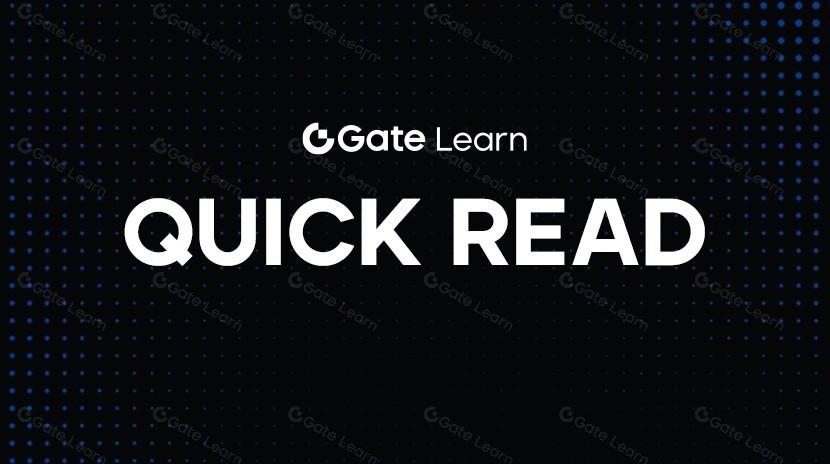Apa itu Monad?
Pendahuluan
Dalam industri blockchain yang terus berkembang pesat saat ini, skalabilitas tetap menjadi titik rawan utama baik bagi pengembang maupun pengguna. Dari kepadatan Ethereum hingga kompromi yang dihadapi oleh blockchain Layer 1 lainnya, kita terus mencari solusi yang cepat, stabil, dan kompatibel. Monad, sebuah blockchain Layer 1 yang muncul dengan kinerja tinggi, yang kompatibel dengan Ethereum, diam-diam menjadi topik hangat di kalangan pengembang.
Apa itu Monad?

Monad bukanlah blockchain Layer 2 yang dibangun di atas rantai lain, tetapi justru blockchain Layer 1 yang sepenuhnya independen. Ini berarti bahwa ia beroperasi pada infrastruktur dasarnya sendiri dan tidak bergantung pada Ethereum mainnet, namun masih menawarkan kompatibilitas yang mulus dengan Mesin Virtual Ethereum (EVM). Bagi para pengembang, membangun di Monad sama mudahnya dengan membangun di Ethereum, namun dengan manfaat tambahan dari pemrosesan transaksi yang lebih cepat, biaya lebih rendah, dan pengalaman pengguna yang lebih stabil. Pengembang dapat memigrasikan DApp yang ada ke Monad tanpa memodifikasi kode kontrak pintar mereka, menjadikannya pilihan yang sangat menarik bagi proyek-proyek yang ingin memperluas ke pasar baru.
Kinerja Tinggi Monad
Ketika membicarakan kinerja blockchain, kebanyakan orang langsung melihat TPS (transaksi per detik). Monad dapat memproses hingga 10.000 transaksi per detik, yang menempatkannya di antara blockchain dengan kinerja terbaik di industri ini. Sebagai perbandingan, Ethereum saat ini menangani sekitar 15-30 TPS, dan bahkan dengan solusi Lapisan 2 seperti Arbitrum atau Optimism, kinerja masih dapat terpengaruh oleh kepadatan jaringan atau kompleksitas kontrak. Monad, di sisi lain, secara alami dirancang untuk kinerja tinggi tanpa bergantung pada lapisan penskalaan tambahan. Hal ini menjadikannya infrastruktur ideal untuk kasus penggunaan frekuensi tinggi seperti platform DeFi skala besar, permainan, pasar NFT, dan aplikasi sosial.
Bagaimana Monad Bekerja
Selain TPS, waktu finalitas transaksi juga merupakan faktor kunci dalam pengalaman pengguna. Monad mengadopsi mekanisme finalitas satu slot, yang memungkinkan blok diproduksi dan difinalisasi dalam waktu satu detik. Ini berarti setiap transaksi dikonfirmasi hampir seketika setelah pengiriman, menghilangkan kebutuhan untuk menunggu beberapa blok atau khawatir tentang pengembalian rantai. Finalitas hampir seketika ini menawarkan keunggulan signifikan bagi aplikasi yang membutuhkan kinerja real-time dan keamanan tinggi, seperti perdagangan DeFi atau lingkungan permainan.
Kompatibilitas EVM
Sudah ada beberapa blockchain Layer 1 yang sangat berkinerja tinggi, yang kompatibel dengan EVM di pasaran seperti Avalanche, Fantom, dan BNB Chain, tetapi apa yang membuat Monad mencolok adalah komitmennya yang lebih dalam terhadap inovasi kinerja dengan menulis ulang stack eksekusi blockchain dari awal daripada melakukan optimasi parsial di area seperti mekanisme konsensus atau mesin eksekusi, yang memungkinkan Monad untuk melampaui sekadar menjadi lebih cepat dari Ethereum dan sebaliknya menjadi infrastruktur dasar yang benar-benar mampu mendukung aplikasi skala Web3.
Bagaimana Monad Berbeda dari Blockchain Layer 1 Lainnya
Sudah ada beberapa blockchain Layer 1 yang kompatibel dengan EVM yang berkinerja tinggi di pasar seperti Avalanche, Fantom, dan BNB Chain, tetapi apa yang membuat Monad menonjol adalah komitmennya yang lebih dalam terhadap inovasi kinerja dengan menulis ulang tumpukan eksekusi blockchain dari nol daripada melakukan optimasi parsial di area seperti mekanisme konsensus atau mesin eksekusi, yang memungkinkan Monad untuk lebih dari sekadar lebih cepat dari Ethereum dan menjadi infrastruktur foundational yang benar-benar mampu mendukung aplikasi skala Web3.
Mengapa Pengembang Harus Memperhatikan Monad
Jika Anda seorang pengembang, berikut adalah beberapa alasan mengapa Monad harus menarik perhatian Anda:
- Mudah untuk memulai: Sepenuhnya kompatibel dengan EVM, jadi tidak perlu menulis ulang kode Anda atau mengubah alat pengembangan Anda.
- Biaya implementasi rendah: Kinerja yang sangat efisien menghasilkan biaya gas yang lebih rendah, yang membantu pertumbuhan pengguna.
- Pengalaman pengguna yang lebih baik: Waktu blok satu detik dan penyelesaian transaksi instan membuatnya sempurna untuk aplikasi yang membutuhkan interaksi real-time.
- Dapat diskalakan: TPS tinggi memungkinkan beberapa aplikasi berjalan secara bersamaan, mengurangi risiko kemacetan atau bottleneck kinerja.
Fitur-fitur ini membuat Monad menjadi lingkungan ideal untuk membangun generasi berikutnya aplikasi blockchain, apakah Anda memulai proyek baru atau bermigrasi dari yang sudah ada.
Peningkatan Pengalaman Pengguna
Banyak pengguna Ethereum atau blockchain lain sering mengalami isu seperti transaksi terjebak dan biaya gas melonjak, terutama selama periode sibuk seperti penurunan NFT atau acara DeFi utama. Dengan kombinasi TPS tinggi dan finalitas slot tunggal Monad, masalah ini sangat berkurang, artinya:
- Biaya menjadi lebih dapat diprediksi dan masuk akal
- Transaksi diselesaikan tanpa waktu tunggu yang lama
- Aplikasi merespons lebih lancar dan terasa lebih cepat digunakan
Dalam satu cara, ini bukan hanya peningkatan kinerja — ini adalah langkah besar menuju membuat pengalaman pengguna blockchain terasa jauh lebih seperti Web2.
Potensi Masa Depan Monad
Meskipun Monad masih dalam tahap awal, filosofi desain dan potensi teknisnya telah menarik perhatian baik pengembang maupun investor. Jika Monad dapat terus mendatangkan DApps berkualitas tinggi dan membangun ekosistem yang berkembang, ia memiliki peluang besar untuk berkembang menjadi platform Layer 1 unggulan yang berkembang sejajar dengan Ethereum. Terutama ketika Web3 semakin menuntut aplikasi berskala besar, rantai yang dapat menangani volume transaksi tinggi tanpa mengorbankan kompatibilitas akan menjadi pilihan yang tidak bisa diabaikan.
Kesimpulan
Saat aplikasi blockchain menuju adopsi mainstream, kinerja dan skalabilitas telah menjadi persyaratan yang tidak dapat ditawar, dan munculnya Monad mengatasi tantangan inti ini sambil menawarkan pengembang dan pengguna pilihan yang lebih cepat, lebih efisien, dan lebih mudah diakses.
Artikel Terkait
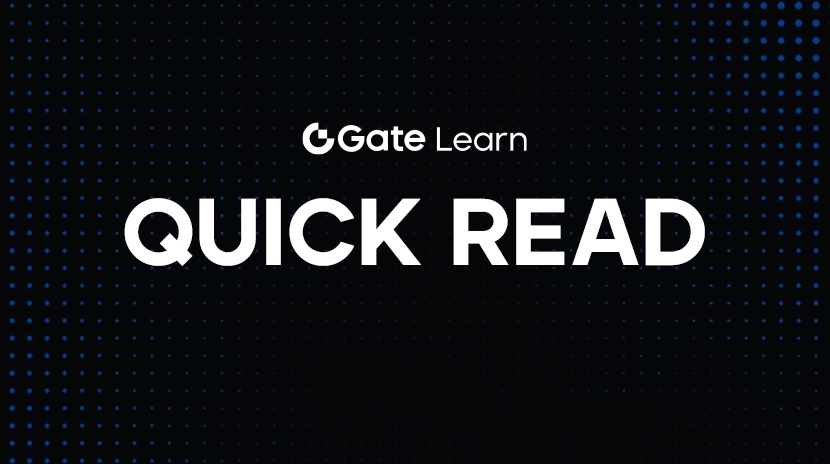
Analisis Mendalam Kebijakan Tarif Trump 2025
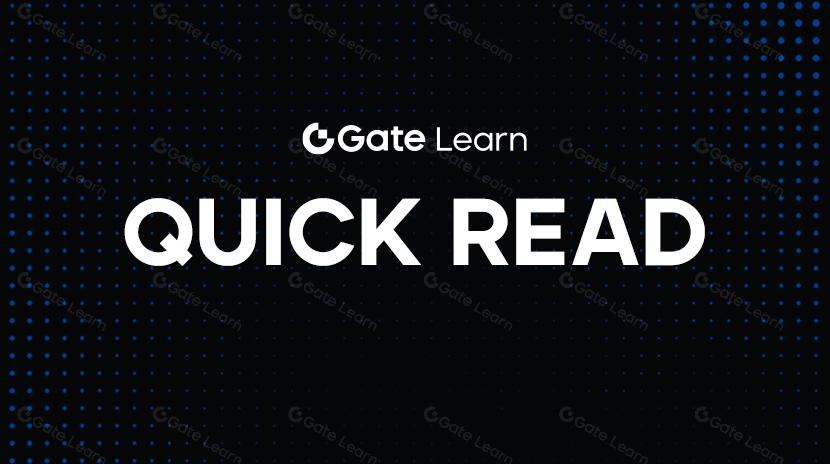
Apa Itu ZEREBRO: Sistem Inovatif yang Menembus Batasan Pembuatan Konten AI
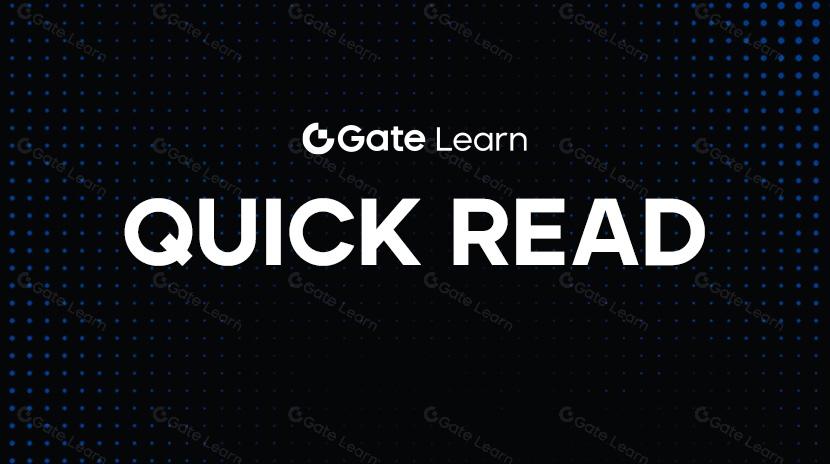
Fartcoin: Naiknya Seri AI Agent MEME Raja Baru

Prediksi Harga XRP: Analisis Tren Masa Depan dan Peluang Investasi
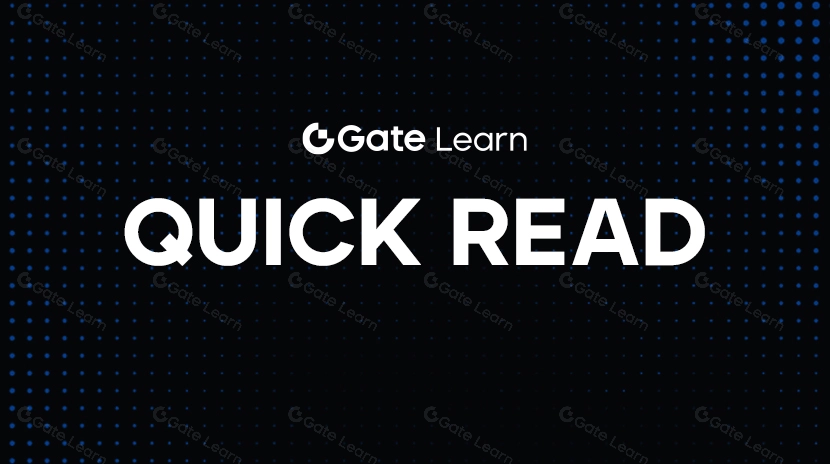
Analisis Trend dan Prospek Masa Depan Cardano (ADA)
